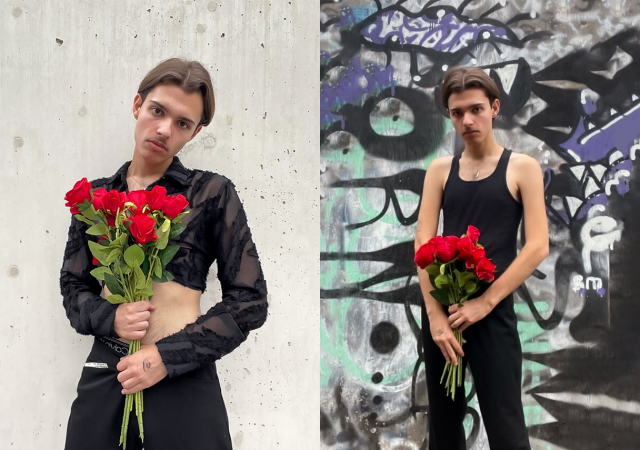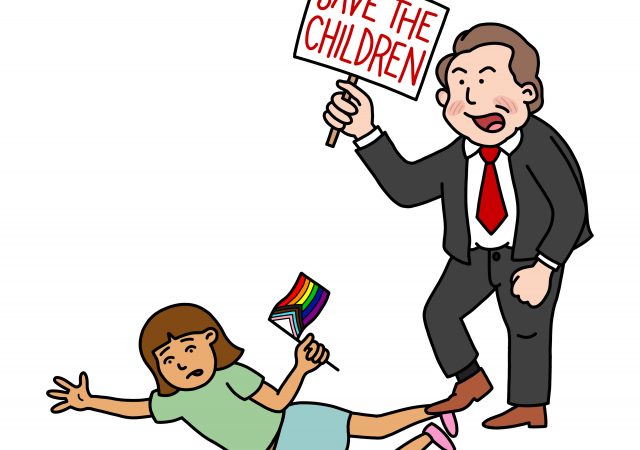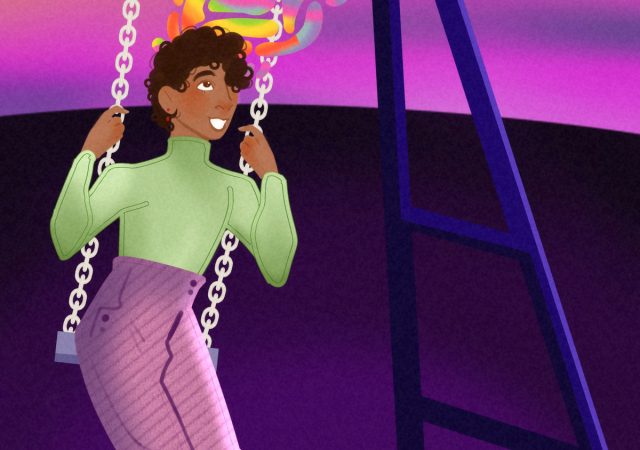I have this dream of dying in complete silence, and when the neighbors call to complain about the smell a few days later (and the firemen kick the door in), they’ll find my mother sitting calmly at the dining room table, knife in hand around a halo of sunburnt faces cutting branches from the family tree
Print Content
Think of the (Straight) Children
In 1977, orange juice spokeswoman Anita Bryant campaigned against a new anti-discrimination law protecting gay men and lesbians in Dade County, Florida. She had it overturned and riding on the wave of this success, started Save Our Children, the United States’ first national anti gay group.
Letter From The Editor (Fall 2022)
I wish I could welcome you with nothing but vigorous optimism, but the precariousness of my community’s position in this country is too important to be waved away. As a historical queer publication, it is our responsibility to make sure the most marginalized do not go unnoticed. The theme of our Fall 2022 print edition is Satanic Panic, named after the hysteria of the late 20th century that cast a dangerous shadow over queer people everywhere.
Hair: Chronicling My Journey to Queer Joy
The hardest part about being a Brown person who was socialized as a girl was enduring the constant jabs about my hair. I hit puberty at 9, which meant that there were years and years of constant insecurity about my hair. It was too much, too messy, and there was always hair in all the wrong places. The hair on my head was beautiful, thick, and long, but the hair on my body was ugly, thick, and wrong. As a Brown person, my facial and body hair were always under scrutiny, especially because my hair grew at faster rates (and was much thicker) than my other peers. I was tormented for my Frida Kahlo-like brows, for my arms that looked like a werewolf’s, for my body not being up to par with white, cishet beauty standards. One time, my aunt cruelly joked that she was going to gift me money for laser hair removal because the hair on my arms was too much for her.
A Revisit
In July 2021, I decided to revisit my childhood school, Eisenhower Elementary. I decided to go because I had felt so many emotions from the culmination of so many situations, relationships, experiences, and lessons, and I was left with this feeling like I was losing myself. I had recently discovered I was attending UCLA, and much of what was tying me back to the Bay Area was slowly dissipating. The days felt like a blur, like reading the pages in a book and realizing you’ve made it to the end of a chapter and you remember nothing. The sense of liminality and being in a transition plagued me. I was looking for definition from the abstract, something concrete from the abyss.
Whale Cart
Created by Zoë Collins (She/Her) This piece was originally published in our Spring 2022 print issue “Reflections of Radiance.“
Growing Together
My dad was, at best, very uncomfortable with queerness before I came out to him. For him, this discomfort stemmed from two prominent aspects of Latino culture: Christianity and machismo. Today, 77% of Latinos in the United States identify as Christian, and traditionally, Christianity has rejected queer people (with some exceptions of more progressive Christian denominations; however, these branches are not predominant in Latino culture).
Roots
Illustrated by Chrys Marr (She/They) This piece was originally published in our Spring 2022 print issue “Reflections of Radiance.“













